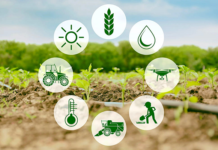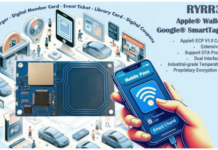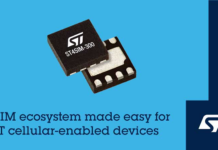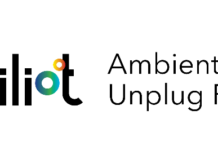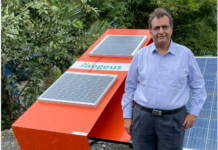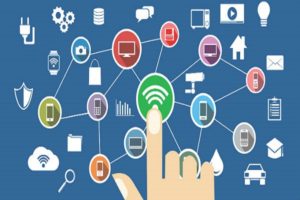
While the internet of things may seem relegated to the realm of automated lightbulbs and doorlocks, the truth is that more businesses are unlocking the value of what an interconnected system of devices can really mean for unlocking true business value.
Right now, the internet of things (IoT) is realising advancements in real-world scenarios: from traffic telemetrics to help city planners, to businesses that are making it easy for landlords to monitor electricity usage of tenants, and vice versa.
By 2020, Bain estimates that revenues in the IoT market could exceed $470 billion – and McKinsey estimates a growth rate of 32.6% per year. US telco giant Verizon forecasts 30 billion connected devices in 2020 – that’s everything from a smart doorlock to more sophisticated beacons that monitor traffic data.
The growth of this market is producing fertile ground for investors – and many of the most active investors in IoT are corporate venture groups. Additionally, more businesses are working hard at creating the underlying infrastructure to make the expansion and practicality of the internet of things possible.
One of those is Thinxtra, which is now hard at work selling technology that allows long range transmission of data to and from connected devices. Essentially, Thinxtra creates an infrastructure for connected device makers and users to collect information.
Thinxtra’s clients include telemetrics company Digital Matter, which has partnered with Thinxtra to provide access to long battery life GPS tracking to be used in a range of industries including transport and logistics.
(One of Digital Matter’s products allows a vehicle owner to simply plug it in to a power socket and automatically receive telemetrics data.)
According to Renald Gallis, vice president of ecosystem and marketing at Thinxtra, the industry is now reaching a point where the value of data is higher than the cost of acquiring that data in the first place.
“We can easily imagine that in less than five years, everything will be connected at home from your fridge and lights (for preventative maintenance) to your dog (for checking its location), to more complex scenarios,” he says.
“We will get paid for providing data by simply rolling your trolley in shopping malls or discount from insurance companies for installing connected smoke alarms or leak detectors.”
This isn’t a far-off fantasy: businesses are making the IoT work for them today.
Matter Solar, led by Chris Mrakas, builds a platform that allows landlords to use connected devices to monitor solar energy usage by tenants.
“When people talk about the internet of things, they can mean anything – and the area we wanted to focus on was making properties more intelligent,” he says.
“We feel that people can come up with and dream anything, but unless you have a vector that works it isn’t going to be successful.”
The rise of the internet of things is happening in two waves, says Mrakas. First is the establishment of hardware in both residential homes and businesses, such as routers, door locks, and devices in retail stores and transport that monitor traffic and usage – connected by infrastructure such as that provided by Thinxtra.
The second, he argues, will be the proliferation of software services that live on top of that hardware layer. This is where businesses can make an impact with their own services.“That will be the next gold rush,” he says.
By Patrick Stafford
Source: http://www.smartcompany.com.au



